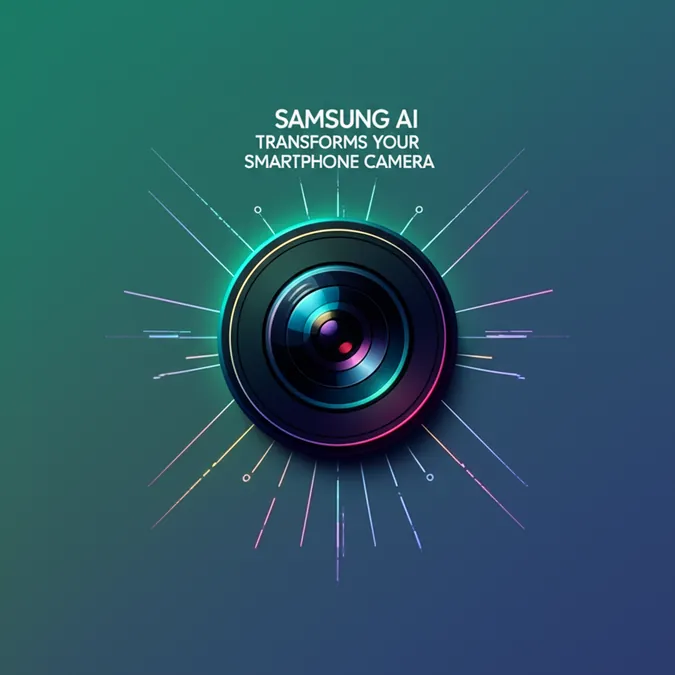Sony Unveils Camera Verify to Combat AI Deepfakes
In an era where generative AI can create convincingly realistic fake images, the battle for truth has a new ally. Sony has officially launched "Camera Verify," a powerful feature designed to help newsrooms and media professionals confirm the authenticity of their images and push back against digital misinformation.

As timelines become flooded with sophisticated fakes, this new tool aims to provide a clear, verifiable history for every photograph, from the moment the shutter is pressed.
How Does Camera Verify Work
Sony's system creates a digital fingerprint for an image at the point of capture. This is achieved by embedding a cryptographic signature directly into the photo file using select Sony Alpha cameras (including the Alpha 1 II, Alpha 1, Alpha 9 III, Alpha 7S III, and Alpha 7 IV). This signature is compliant with C2PA standards, an industry-wide initiative for content provenance that you can learn more about in our articles on the topic.
The signature also includes proprietary 3D depth information, proving the image is of a real scene and not just a picture of a screen. The new "Camera Verify" feature takes this a step further. News organizations can now use Sony's Image Validation Site to generate a unique verification report URL. This link allows anyone to see the image's capture time, editing history, and confirmation that it was taken with a real camera, not generated by AI.
 Verifying a “real image” is becoming harder and harder in times of AI. Image credit: Sony
Verifying a “real image” is becoming harder and harder in times of AI. Image credit: Sony
What About Video Authenticity
Currently, the Camera Authenticity Solution only supports still images in JPEG and RAW formats. However, Sony has announced that it plans to expand this crucial authentication system to video content. This update is expected sometime after autumn 2025.
This future development is critical for video professionals, as generative video tools are evolving rapidly, posing a significant threat to the integrity of news reports and documentaries. Once implemented, videographers will be able to embed authenticity signatures directly into their footage, helping maintain trust with audiences and distributors.
 How Sony’s Camera Verify workflow works. Image credit: Sony
How Sony’s Camera Verify workflow works. Image credit: Sony
Why This is a Game Changer for Newsrooms
For editors and newsroom managers, Camera Verify is more than just a piece of tech; it's a tool for rebuilding trust. It streamlines publishing workflows by providing a simple way to prove an image's reliability. The verification system offers several layers of assurance:
- Camera Confirmation: Proof the image was taken on a genuine Sony camera.
- 3D Scene Validation: Assurance that the subject is a real-world scene.
- Tamper-Proof Timestamps: Server-synced capture time that cannot be easily altered.
- Edit Transparency: A clear and accessible record of any post-capture modifications.
A Broader Initiative for Digital Trust
This launch isn't happening in a vacuum. Sony's Camera Authenticity Solution is part of a larger collaboration with the C2PA steering committee, which aims to create a universal standard for verifying the origin and history of all digital content. By making licenses available through the Creators' Cloud, Sony is helping more professionals adopt these crucial authenticity standards without disrupting their workflows.
The launch of Camera Verify marks a significant step in the ongoing effort to protect the integrity of visual journalism. As the lines between real and fake continue to blur, these tools give news organizations a fighting chance to protect the truth.
What are your thoughts on implementing a C2PA workflow for your photography or video work? Share your perspective in the comments below!


